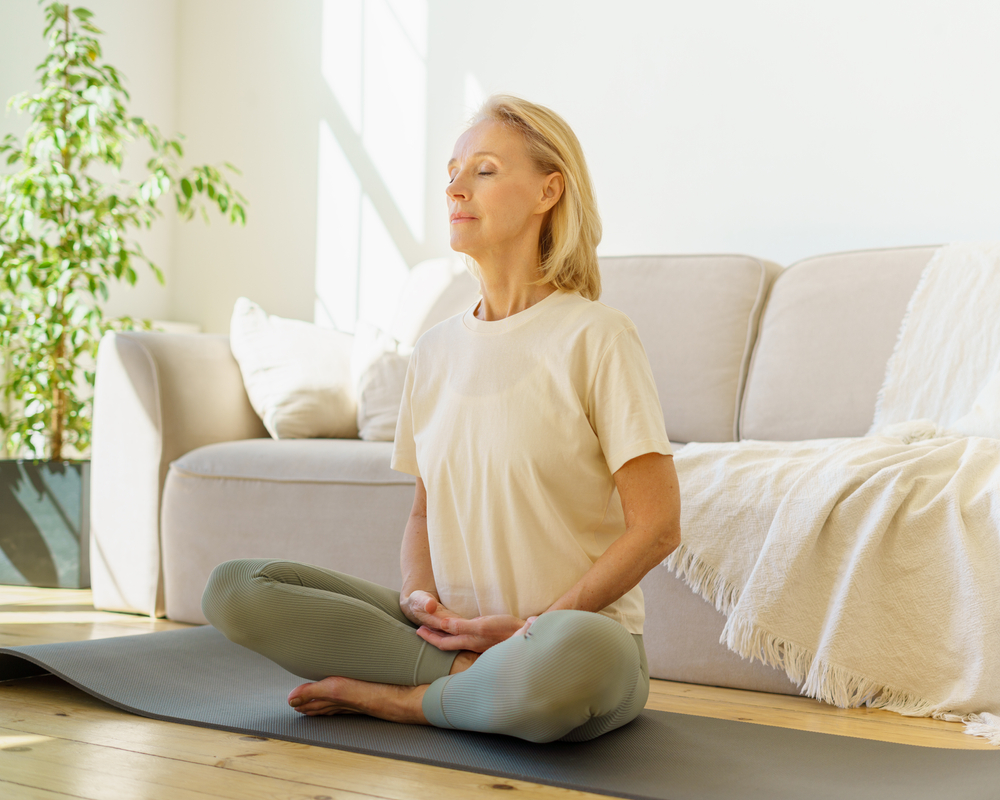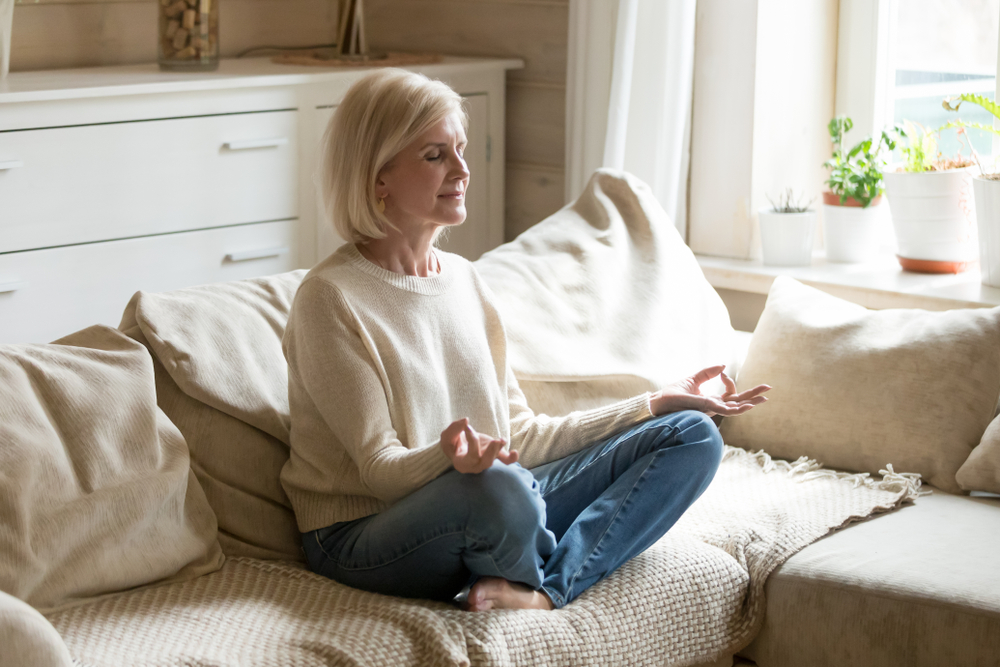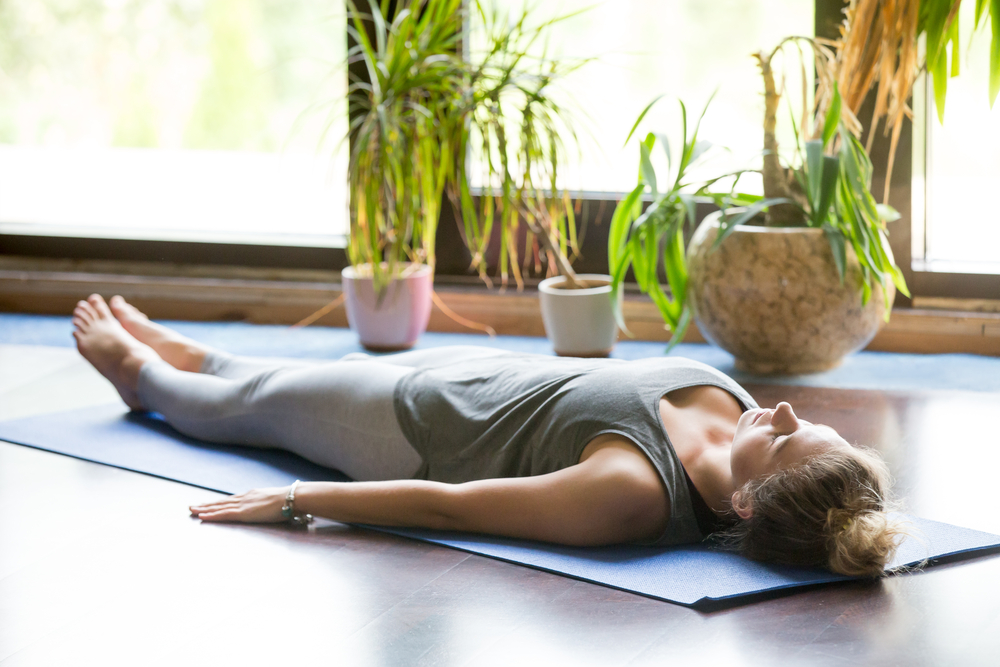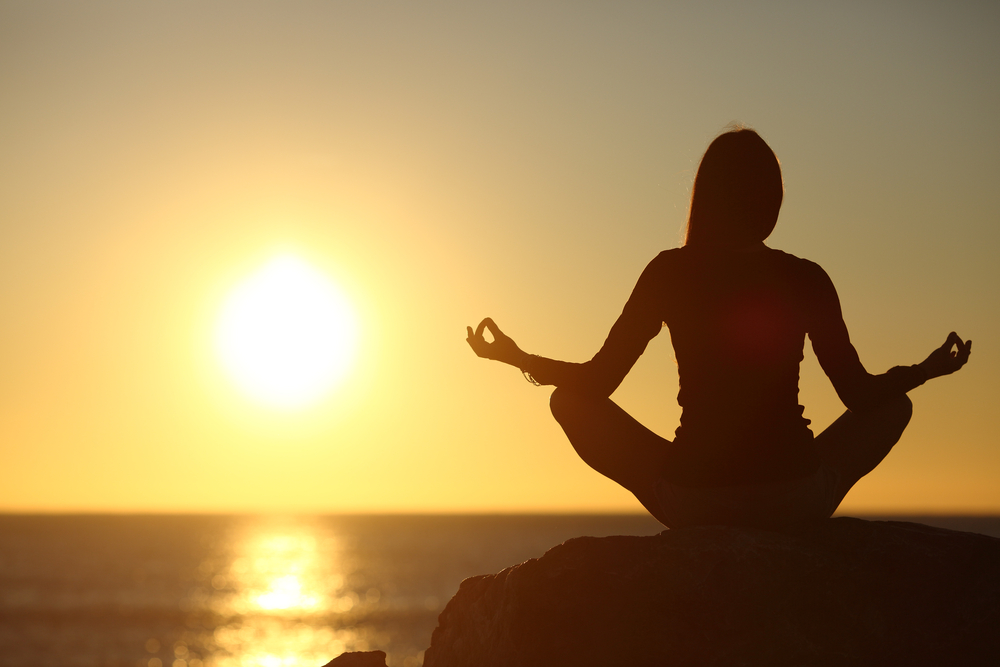In the journey of life, the practice of meditation offers a sanctuary of peace and clarity, especially valuable for women over 50. This article delves into the art of mindfulness meditation, exploring its profound benefits on mental, emotional, and physical well-being.

The Essence of Mindfulness Meditation
- What It Is: Mindfulness meditation is the practice of being fully present in the moment, aware of where we are and what we’re doing, without being overly reactive or overwhelmed by what’s going on around us.
Transformative Benefits of Meditation for Women Over 50
- 🌱 Stress Reduction: At this stage of life, women often face unique stressors, such as health concerns, caregiving responsibilities, or life transitions. Regular meditation activates the body’s relaxation response, counteracting the stress response, and leading to a decrease in cortisol levels. This practice helps in creating a sense of calm, reducing anxiety, and enhancing overall well-being.
- 💡 Enhanced Cognitive Function: Research indicates that meditation can boost cognitive functions like attention, memory, and processing speed. It’s especially beneficial in countering age-related cognitive decline, supporting mental clarity and decision-making abilities.
- ⚖️ Emotional Balance: Meditation fosters greater emotional health by enhancing self-awareness and mindfulness. It allows women to better understand and manage their emotions, leading to improved mood regulation and resilience. This emotional balance is crucial for navigating the changes and challenges that often come with aging, enhancing overall life satisfaction and happiness.
- 🌙 Improved Sleep Quality: Many women over 50 experience changes in sleep patterns, including difficulty falling asleep or staying asleep. Meditation promotes relaxation and reduces stress, which can significantly improve sleep quality. By calming the mind and reducing the racing thoughts that often lead to insomnia, meditation can lead to deeper and more restorative sleep.
- ❤️ Physical Health Benefits: Regular meditation can have a positive impact on physical health, including lowering blood pressure, reducing the risk of heart disease, and enhancing immune function. These benefits are particularly important for women over 50, who may be more susceptible to chronic health conditions.

Step-by-Step Guide to Mindfulness Meditation
- Find a Quiet Space: Select a peaceful area where you can meditate without interruptions. This could be a corner of your bedroom, a comfortable chair by a window, or even a spot in your garden. The key is consistency – using the same space can create a calming association in your mind.
- Set a Time Limit: Especially if you’re a beginner, start with short meditation sessions of about 5 to 10 minutes. As you get more comfortable, you can gradually increase the duration. Using a timer can help you focus on the practice without worrying about time.
- Adopt a Comfortable Position: Find a posture that allows you to be both alert and relaxed. You can sit on a chair with your feet flat on the ground, or cross-legged on a cushion on the floor. Keep your back straight but not stiff, and rest your hands comfortably on your lap or knees.
- Focus on Your Breath: Gently close your eyes and shift your attention to your breathing. Notice the sensation of the breath as it enters and leaves your nostrils, or the rise and fall of your chest or abdomen. Let your breathing be natural and unforced.
- Return to Your Breath: It’s natural for thoughts to arise during meditation. When you notice your mind wandering, acknowledge it without judgment and gently redirect your attention back to your breath. This practice of returning to the breath builds concentration and mindfulness.
- Expand Your Awareness: After focusing on your breath, begin to widen your awareness to include your body, then to sounds and sensations around you. Observe these sensations without attachment, letting them come and go.
- Close the Session: When your meditation ends, open your eyes slowly. Take a moment to notice any changes in your body or mind. Acknowledge yourself for taking the time for this practice.

Incorporating Meditation into Daily Life
- Starting Small: Begin with a few minutes each day, gradually increasing the duration.
- Creating a Routine: Choose a consistent time and quiet place for your practice.
- Guided Sessions: Utilize guided meditations available through apps or online platforms for structured practice.

Embracing mindfulness meditation can be a transformative experience, offering tools for stress management, emotional balance, and cognitive health. For women over 50, it opens up a path to greater peace, vitality, and self-awareness.

